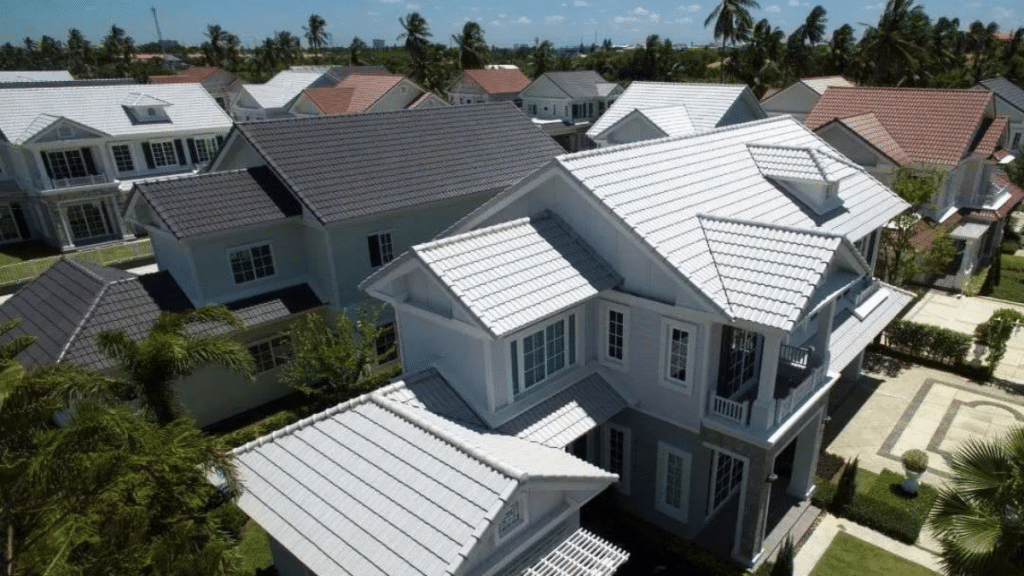Atlanta experiences a blend of high humidity, strong sun exposure, and heavy rainfall. These conditions place specific demands on commercial roofing systems. Selecting a roof that can withstand heat, water, and wear is crucial for its long-term performance. Built-up roofing systems have been used for decades and still hold a place in commercial building projects, even with newer options available. In Atlanta, where weather patterns can shift quickly, layered protection remains valuable.
How Built-Up Roofing Works in Urban Settings
Built-up roofing solutions for Atlanta businesses involve multiple layers of bitumen and reinforcing fabrics. These layers are finished with a protective surface, such as gravel or a reflective coating. This method offers thickness and density that contribute to overall durability.
Such systems are often used on flat or low-slope roofs, which are common in Atlanta’s commercial zones. Buildings such as retail stores, office parks, and industrial spaces often feature flat rooftops, making built-up systems a suitable choice.
Key Features of Built-Up Roofing Systems
Built-up roofs serve a unique role in the urban roofing landscape. Their structure and performance characteristics are suited to specific business needs. Here are some defining features that align well with Atlanta’s building conditions:
- Multiple protective layers: Enhances water resistance and impact absorption
- Gravel surfacing: Reflects sunlight and provides extra weight against wind uplift
- Compatibility with insulation: Can be installed with various insulation systems
- Seamless application: Reduces the number of weak points in the membrane
- Fire performance: Offers additional protection depending on material selection
Atlanta’s Business Sector and Roofing Trends
Many commercial buildings in Atlanta are aging and require updates that preserve their original structure. Roofing upgrades in such cases must align with existing layouts, making built-up systems a practical option. These systems can be installed without changing the roof’s pitch or framework. In business districts where modern designs meet functional layouts, long-term performance is a key consideration.
Built-up systems are often selected for buildings that experience regular rooftop activity or house operational equipment. Contractors familiar with local construction codes often include built-up roofing in their list of approved solutions. These systems continue to meet design and safety standards outlined in commercial zoning regulations across the region.
Why Some Businesses Still Choose Built-Up Roofing
Despite the availability of newer systems, such as single-ply membranes, built-up roofing remains a practical option in certain commercial settings. Facilities with demanding operations, such as distribution centers and manufacturing buildings, often require roofs that can support consistent activity and mechanical stress.
The multiple layers in built-up systems create a durable surface capable of withstanding frequent access, equipment weight, and environmental fluctuations. These characteristics are especially useful for buildings where rooftop utility functions are part of daily operations. In such contexts, built-up roofing solutions for Atlanta businesses remain a reliable choice due to their structural adaptability and long-term resilience.
Built-Up Roofing and Energy Efficiency Considerations
Built-up roofing systems can be adjusted to meet energy performance preferences. Coatings with reflective properties or light-colored gravel surfaces help manage solar heat, which is especially beneficial during warm months. These systems also work well with insulation upgrades.
Many commercial properties in Atlanta are undergoing improvements that combine built-up roofing with added insulation to support indoor temperature regulation. Because of their layered design and compatibility with various modifications, these systems continue to meet the practical needs of flat-roof structures and buildings with rooftop access points. They remain a dependable part of roofing strategies across diverse business environments.

